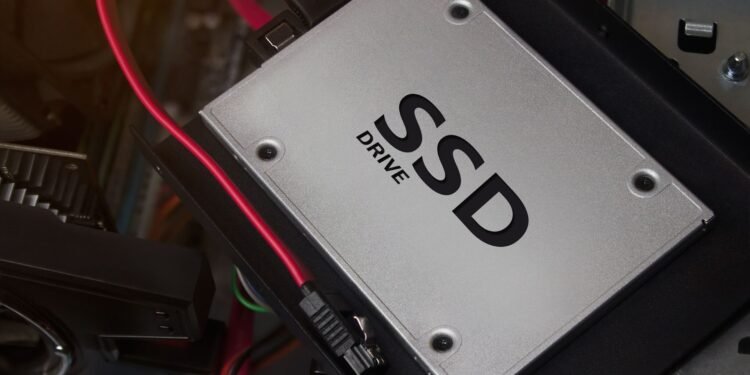

The biggest thing to remember when running S.M.A.R.T. In fact, while you can deep dive into the individual attributes if you’re so inclined, you don’t need to do so to use the tools and get actionable feedback on the health of your SSD or old HDD. attributes is a bit geeky and the output is a bit arcane, but fortunately, there are tools that make it easy to check the data and interpret it. TestĬhecking a hard drive or SSD’s S.M.A.R.T.
#Ssd health check means how to
How to Check Your SSD’s Health with a S.M.A.R.T. data includes a wide range of information like error rates, operating time, data written and read, and so on. attributes are a list of data points written to a memory chip on your hard drive, much like engine codes and such are written to a diagnostic log in your car. Whether you’re worried about a traditional HDD acting oddly or you’re just want to check the health of your SSD, it’s the best place to start. (Self-Monitoring, Analysis, and Reporting Technology) attributes. Attributes Out of Rangeįinally, one of the best metrics you can look at regarding the health of your drive are the S.M.A.R.T. You can’t avoid bad sectors entirely, but if they increase in number, you should be concerned. Logical bad sectors are software-based, where your operating system determines that a particular hard drive sector is not behaving as expected. Physical bad sectors are caused by actual physical damage to the hard drive. An Increasing Number of Bad Sectorsīad sectors come in two forms, physical and logical. If you’re saving files only to find them corrupt when you open them next, it’s time to investigate. Except for instances like your computer crashing during a file save because of a power outage (without a UPS to keep it on), you shouldn’t be experiencing file corruption or missing files.

Saving and accessing files on your computer should be a smooth and reliable process. While you’re at it, be sure to take some basic steps to increase performance so you can rule out other issues beyond disk problems.
#Ssd health check means full
(see the bottom of the page for SSD health information).Īlso the page under Support -> Knowledge Base -> Hard disk cases -> SSD case: health decrease by wearoutĭescribes the situation with even more details.If your computer is acting sluggish in a way that can’t be explained by aging hardware, overly full storage, viruses, or excessive apps running, it’s worth looking at both your primary hard drive (the one your operating system is running off) and at any secondary drives you’re using for games or apps. This is described in the Help too, online at This is (I'm afraid) completely normal - but not evil: Hard Disk Sentinel helps exactly to reveal such decrease: so you can be prepared, notified and consider some changes, for example try to minimise writes to reduce of speed of further decrease. As the writes increase, the health slowly and surely decreases. This is completely independent from software, OS, restart and so, it is counted by the SSD itself. This helps to know when a planned replacement would be required in order to keep the data safe. Ideally the SSD shows no problems: disk tests should show no errors, no noticeable performance decrease and so.īecause of this, the current value does not mean any problem with the SSD (this is why the Health is still Excellent as you can see) just it helps to know both the current status and the rate of degradation over time. page: now as you can see, the "Percentage used" shows 3 - which means 3% of the lifetime used and this is the source of the 97% health. If you want, you may check how that attribute changes with time on the S.M.A.R.T. This is what you can see in the text description area: there are no problems found, but the mentioned attributes determines the overall health


If there are no further problems found, Hard Disk Sentinel reads these attributes which determine the complete health of the solid state device. The "wear-leveling" feature of the SSD tries to hide/minimise this effect but generally the SSD device reports the overall health by various attributes. As you may know, the memory cells in solid state devices experience wear during each write operations and each cells tolerate only a limited number of overwrite passes.


 0 kommentar(er)
0 kommentar(er)
